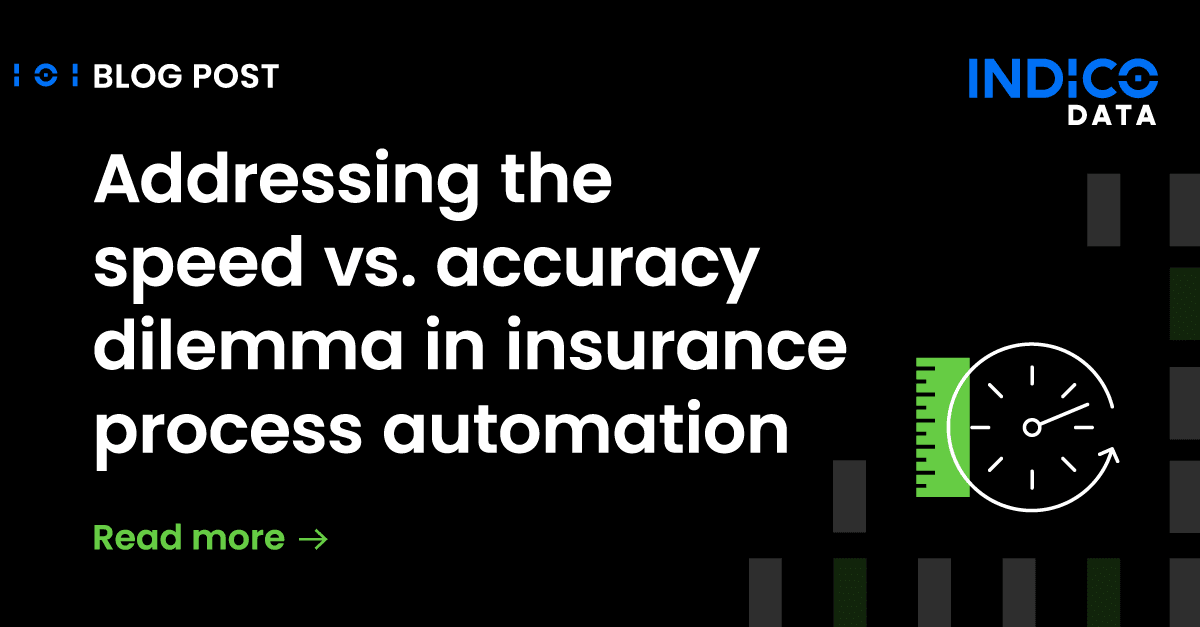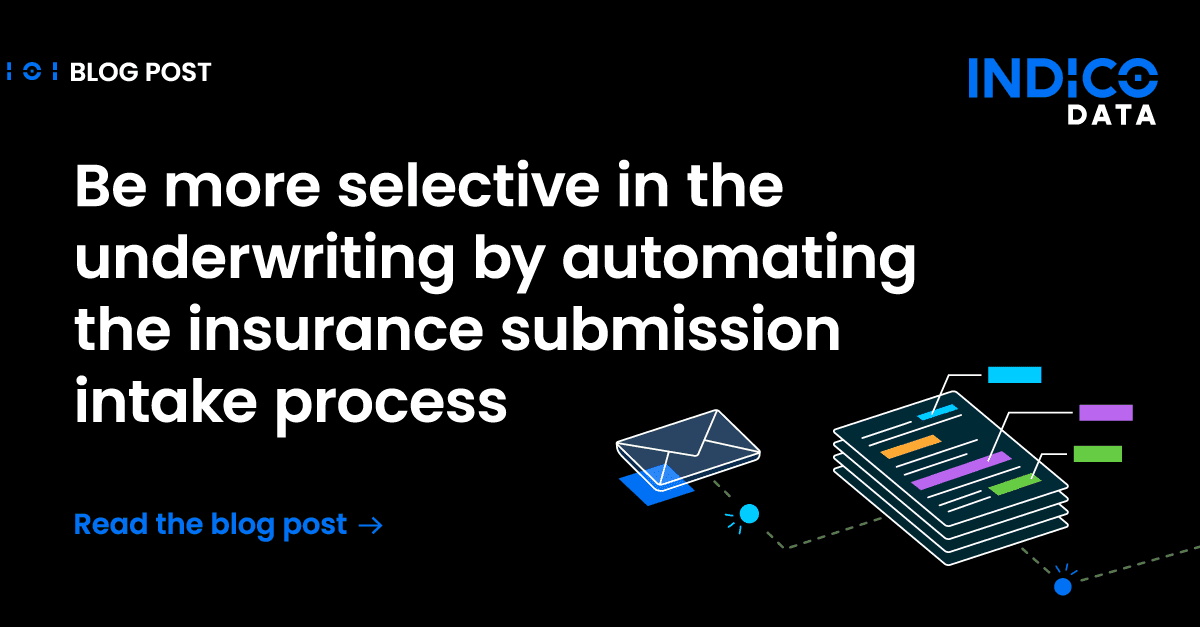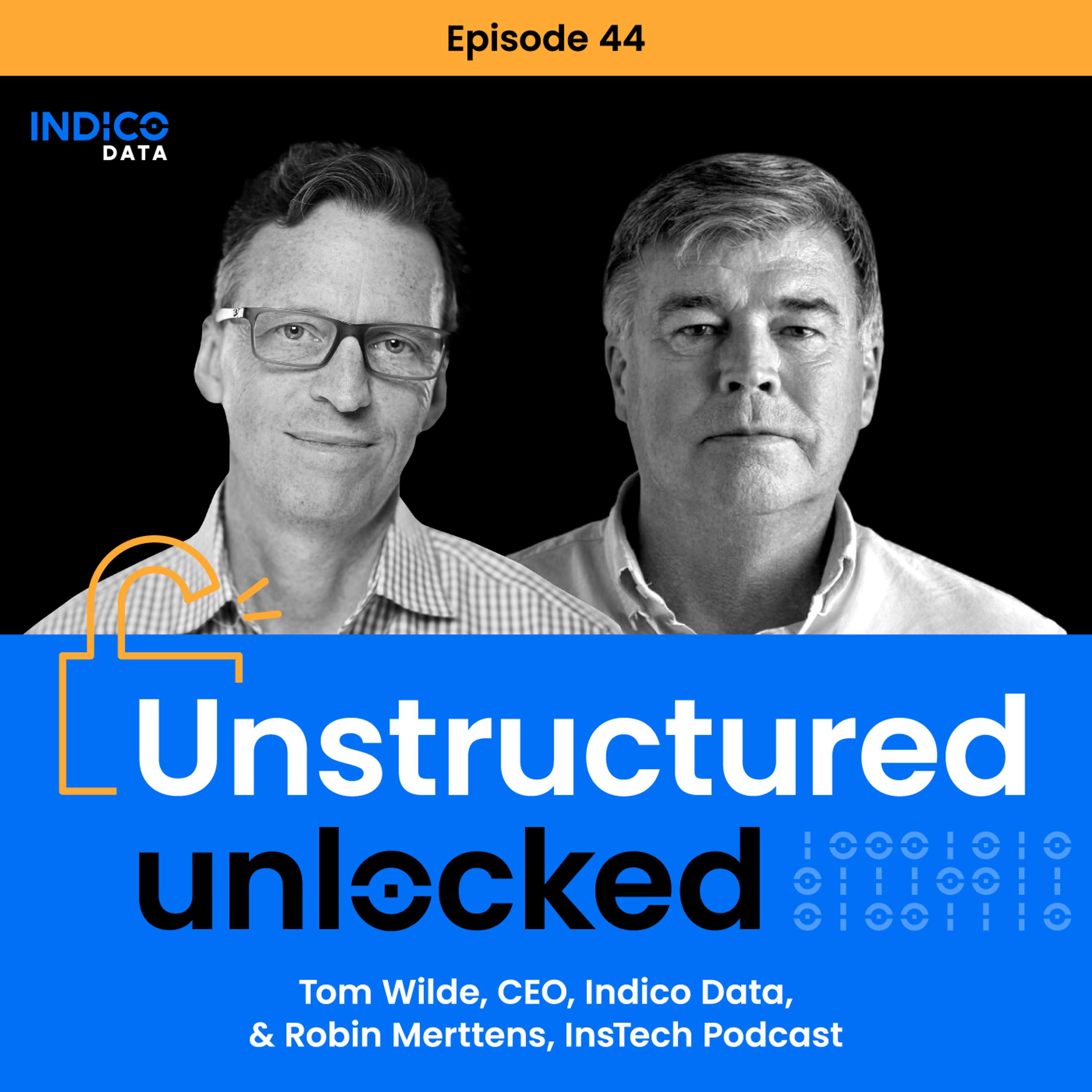One of the common questions we hear from customers is, “Why can’t I use an out-of-the-box document processing tool that I don’t have to program?” Our stock answer is basically, “You can, but don’t expect very good results unless you have no variation in your documents, because it’s not really intelligent document processing.”
The difference between the two approaches to automating business processes comes down to how effectively each can deal with variation in the documents to be processed, including those that include unstructured content.
The out-of-the-box approach
An out-of-the-box document processing tool comes with a number of templates to handle relatively simple documents such as invoices, insurance claims and bank statements. The idea is that you can take the software, load the appropriate templates, and you’re off to the races. Like magic, the tool will ingest documents, find the keywords or data you want to extract and input them into whatever downstream tool you like.
Now, that approach may work if you get invoices, for example, from only a handful of companies and there’s no variation on what each company’s invoices look like. But as soon as there’s any deviation from the norm, you’re forced to go find a new template, or tweak the one you’ve been using. That’s frustration, not automation.
True intelligent document processing tools don’t put you through that kind of pain. Rather, they use artificial intelligence technologies including natural language processing, machine learning, and transfer learning to provide capabilities that go far beyond what out-of-the-box solutions can offer.
Related Post: Structured to Unstructured Content: Finding the Right Process Automation Tool
What to expect with intelligent automation
What intelligent automation tool vendors don’t do is claim that you can use it right out of the box and expect good results. Rather, you do have to put in some effort, but in exchange you get far greater accuracy and the ability to deal with all sorts of variation in the documents you process.
Take Indico’s Intelligent Process Automation platform, for example. You can expect to train the tool on several dozen documents. That’s done by having the business people who actually perform the process in question label the sample documents – so-called citizen data scientists. In reality, they need no data science knowledge because they use Indico’s simple drag and drop tool to identify the areas on each document they want to capture. For an invoice, maybe it’s the company name, amount, due date and the like.
But here’s the interesting part. Once you train the model on what to look for on a variety of invoices, for example, it can find those fields on any invoice, even one that varies from those you’ve trained it on.
Handling unstructured content with ease
Beyond that, the model can also find relevant data from much more complex, unstructured documents, such as those involved in insurance claims processing. An insurance claim may involve images, free-form notes from an adjuster, medical information and lots more. A true intelligent document processing tool like Indico’s will be able to automate claims processing that includes unstructured documents.
In our case, that’s because our model was trained on some 500 million labeled data points. Combined with the built-in AI technology, that enough for the tool to understand most any document we come across. All those data points make the tool intelligent enough to understand the entire context of the document, not just the fields that were labeled. (Maybe that’s why Gartner lumps what we do under the category “hyperautomation.”)
Yes, it will take some time to train the model, but not a lot. Most customers have working models up within a few weeks that perform with extremely high accuracy – on any relevant document. Typically, taking that much time up front pays big dividends down the road when the tool can work effectively even on documents that vary from those it was trained on. The return-on-investment is clear, as customers often see an 85% reduction in process cycle times and a 4x increase in process capacity.
If you want to hear more or have any questions, please contact us. Or if you want to see IPA in action, we can arrange a demo.





